Travelling between Tokyo and Kyoto, two of Japan's most captivating cities, is a journey filled with cultural marvels and scenic delights.
For budget-conscious travellers looking for budget-friendly options, discovering the cheapest ways to navigate this iconic route can unlock a world of savings and unforgettable experiences.
From transportation choices to insider tips on cost-effective travel strategies, this article unveils the secrets to saving money while embarking on the enchanting Tokyo to Kyoto voyage.
Your travel options to get from Tokyo to Kyoto
The journey from Tokyo to Kyoto offers a ton of transportation options for you to choose from, each promising a distinct experience.
The iconic bullet train speeds like a silver arrow, while normal local trains bring countryside charm through its whole route.
Budget-friendly highway buses offer a gentle pace, flights above promise swift transcendence, and self-guided road trips provide autonomy through picturesque routes.
Although the Shinkansen is a default for many, remember that the journey's diversity goes beyond one-size-fits-all. Each mode suits different budgets and preferences, not just to reach Kyoto, but to shape an adventure that aligns with your spirit.
Your chosen path is more than a passage; it's a reflection of your journey and an extension of your uniqueness. In the end, your Tokyo to Kyoto voyage isn't just a destination—it's a transformative experience.
If riding on the Shinkansen train is your top choice, here’s an article on what you should know!
1. By Plane
While Kansai International Airport appears nearby, the round trip adds unexpected hours to your journey. Flights set off at AUD 52.53, soaring to AUD 63.80; but, with the right deals, this can definitely be appealing.
For budget-friendly choices, StarFlyer stands as your lone ally on the Haneda-KIX route.
Don't overlook Narita Airport too—just consider the 90-minute, AUD10.63 Tokyo-Narita trek.
Touching down at Kansai Airport, the journey kicks off with a brisk 75-minute ride on the JR Haruka Ltd. Express, priced at AUD 38.61, but online steals drop it to AUD 19.14. For short-term visitors, the ICOCA & Haruka package beckons at AUD40.42 for a one-way trip or AUD59.56 for a round-trip, bundled with an IC Travel Card boasting an extra AUD15.95 balance.
Summing it up, the flight between these two cities with Kansai Airport as your starting point might set you back at least AUD 42.53.
2. By bullet train
The classic route from Tokyo to Kyoto? It's all about Japan's legendary bullet trains!
These high-speed marvels, in all their futuristic glory, can slice through the nation's intricate rail network, overcoming rush hour traffic and gifting travellers with an extraordinary passage that weaves through the very heart of Japan!
This isn't just a mode of transportation; it's an experience that also allows you to see the scenic landscape of Japan on the way to your destination.
This is why scoring Shinkansen tickets is truly a memorable experience!
Discover more about Japan’s intricate and world-famous rail network from our guide!
In the spirited realm between Tokyo and Kyoto, the Tōkaidō Shinkansen emerges as the conductor orchestrating this grand journey. Its three services—Nozomi, Hikari, and Kodama—paint a vibrant spectrum of options.
Meet Nozomi trains, the speedster, racing you to Kyoto in just 2 hours and 15 minutes. It costs AUD141.67 for non-reserved and AUD150.71 for reserved, a dash with a bit more cash.
Then comes Hikari, leisurely dancing through the route in 2 hours and 40 minutes. At AUD141.67 for non-reserved and AUD147.30 for reserved, it's a balanced choice.
Kodama, the relaxed wanderer, takes 3 hours and 40 minutes, taking slower time compared to the Hikari and Nozomi trains, offering the same AUD141.67 non-reserved and AUD147.30 reserved fares. It's the pit stop for exploring gems, like Hakone, en route!
The routes run roughly the same path, so choose which one to ride depending on your budget!
Keep your eye on the seasons: off-peak ticket prices shave AUD2.13 off the reserved price, while a peak season one-way trip adds AUD2.13 and super-peak seasons cause a higher price hike, bringing costs to AUD4.25.
Budget-wise, peak season ride costs might clock in at AUD141.64. So, as you plan, remember the journey isn't just A to B; it's the notes you choose along the way that compose your adventure's melody.
Should you reserve a seat?
In the bustling realm of trains that travel between Kyoto and Tokyo, departures occur every 10 minutes. Beware the comfort trade-off: skipping seat reservations and just getting an unreserved seat could mean an uncomfortable stand throughout, though non-reserved seats shave off a few bucks.
During busy peak hours, it's better to exchange coins for special reservations at JR ticket offices or dedicated machines. You could also get the JR Pass, which not only comes with perks but also allows for convenient seat reservations upon activation.
Is the JR Pass worth it?
A point-to-point ticket will likely be more worthwhile if you follow the standard "two destination" rule and only travel between Tokyo and Kyoto. However, if you intend to travel extensively around Japan, such as from Tokyo to Kanazawa, Kyoto, Osaka, and Hiroshima, a Japan Rail Pass will be worthwhile.
The Japan Rail (JR) Pass can be your golden key, granting unlimited rides on a bunch of Japanese railways, rides on the Shinkansen bullet train, and local JR buses. For around AUD 319, you can zip from Tokyo to Kyoto on high-speed trains, enjoying the ultimate combo of speed and ease. It's like a budget-friendly ticket to adventure!
Discover whether the JR Pass is worthwhile by delving into this article!
3. By normal train
You can also opt to have a leisurely journey as you ride the regular trains. At roughly AUD88.89 for a one-way ticket, you'll be waltzing through 8 hours or more, including transfer time.
While the savings might not be staggering compared to the Shinkansen, think of it as a day-long trip. You'll have a ton of stops along the way that will allow you to see more of Japan than ever.
And for convenience, if you have a Suica IC card, you can glide past queues and streamline your journey to Kyoto, trimming the travel time, which foreign tourists in a rush to see the sights will appreciate!
4. By driving
Setting your sights on a road trip from Tokyo to central Kyoto? Get ready to embark on a fun roadtrip, but remember, this adventure comes with a price, starting around AUD106.33 for a one-way journey.
Embark on a 5-hour scenic drive through Japan's intricate highway network. Consider toll charges (AUD 106.33 to AUD 159.50), fuel expenses (approximately AUD 85.07 to AUD 127.60), and vehicle rental costs.
Considering necessary rest stops, your road exploration takes approximately 7 hours. This promises not just a destination but a day trip filled with exciting discoveries!
5. By highway bus
Sometimes the path less taken can be the best one for you. Hopping onto highway buses bound for Kyoto from Tokyo with fares kicking off at approximately AUD70 for a one-way ticket, and settle in for a journey spanning 7 hours or more—a tapestry woven with comfort, season, and the thrill of the road.
Various bus companies lead this cross-country trip, offering budget-friendly to luxurious options, with prices ranging from AUD32.96 to around AUD127.60.
The ride lasts 7 to 9 hours, with daytime departures occasionally experiencing traffic delays, turning the journey into a scenic escapade. For night owls, you can catch a night bus in Kyoto that runs from 21:00 to 0:00. These night buses allow you to explore until 5:15.
Although buses say goodbye in Osaka, a 30-minute train ride will instantly take you to enchanting Kyoto. Even if your ticket says "Osaka," it's a secret pass to both cities in a delightful travel adventure.
So what's the cheapest way to travel from Tokyo to Kyoto?
The budget throne belongs to the highway buses!
These buses hit the road at just AUD 33.96. It's a cost-effective choice that stands strong against the bullet train option at AUD 141.64.
But if you're also considering time efficiency, flights are the next cheapest alternative for you. Swooping in at approximately AUD 52.53, it trims your journey from a 7-hour saga to a breezy 1 hour and 30 minutes. It's a great transport option that's both cost-effective and time-efficient, and if you get a window seat, brings you sights to behold!
Written by: Issa Barreta

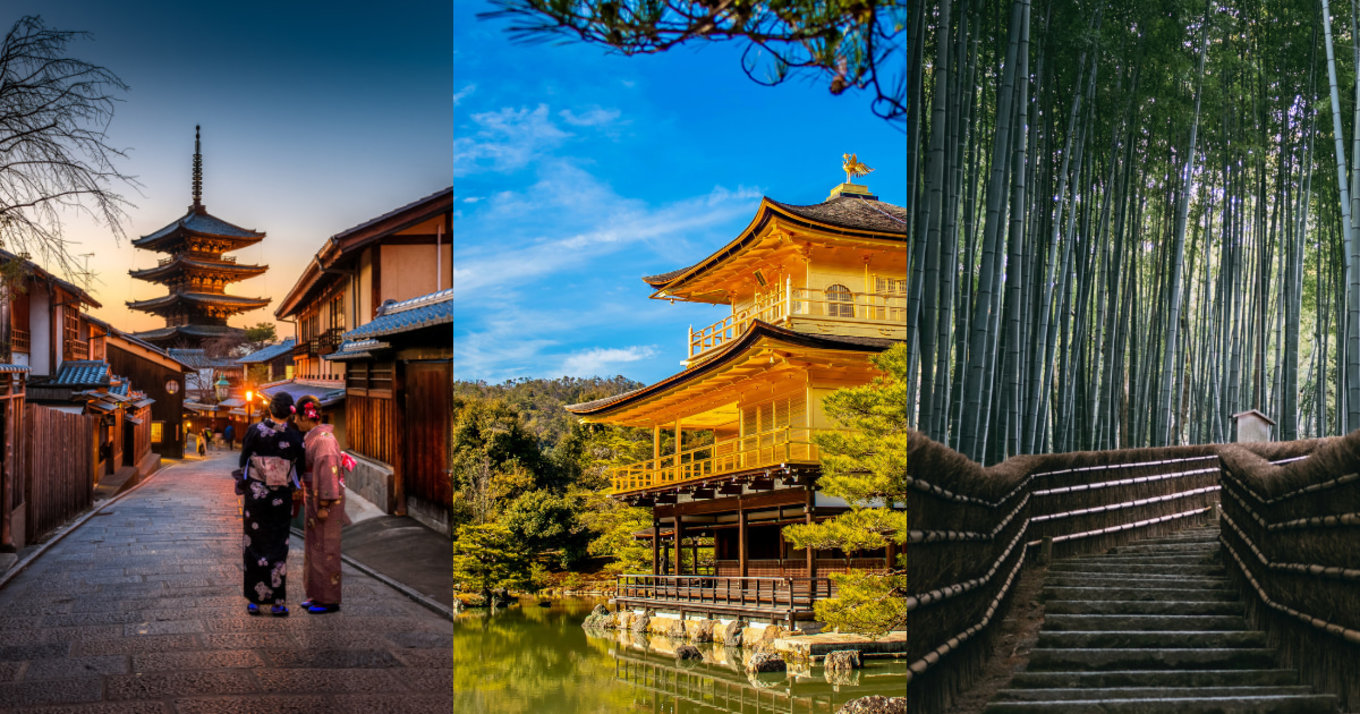
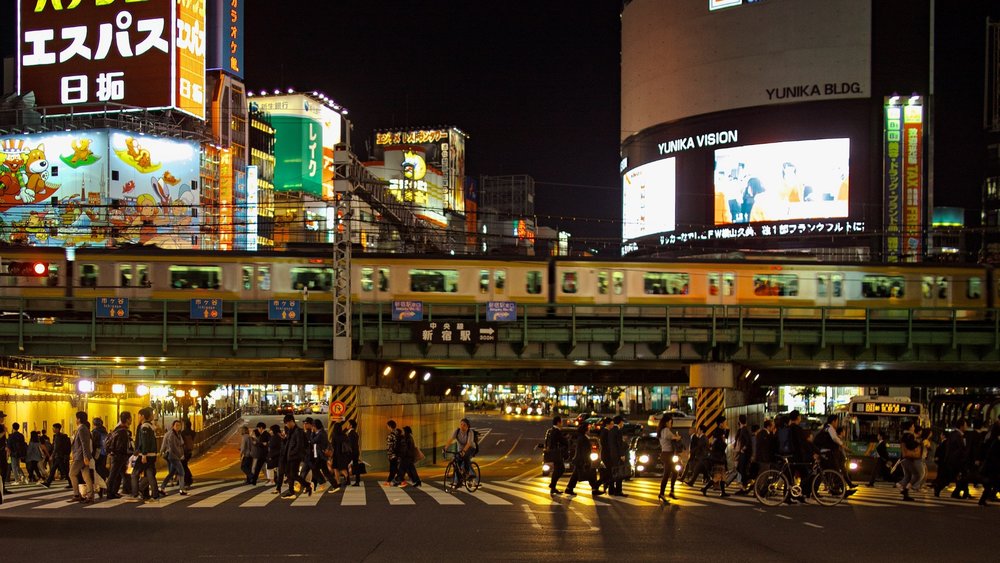

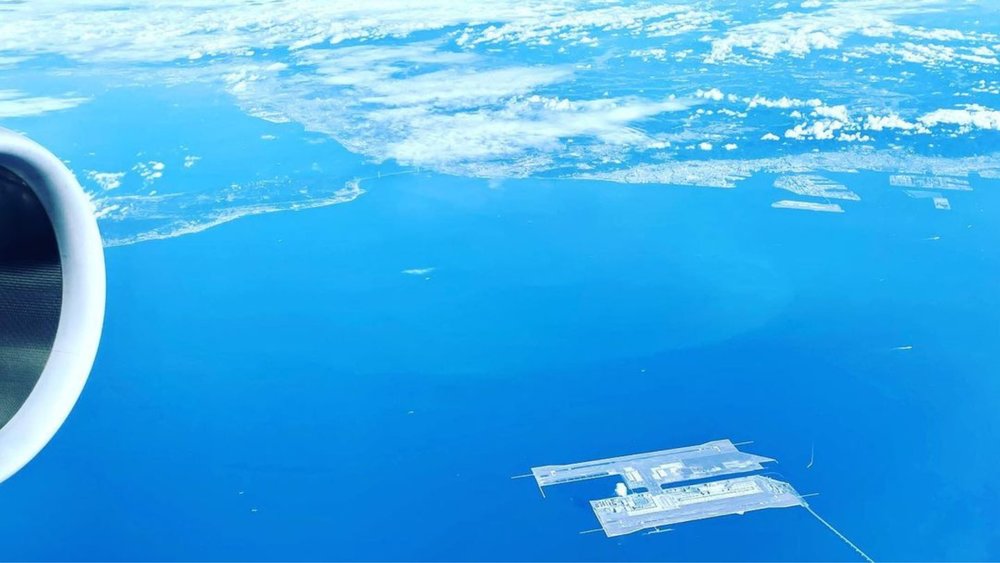
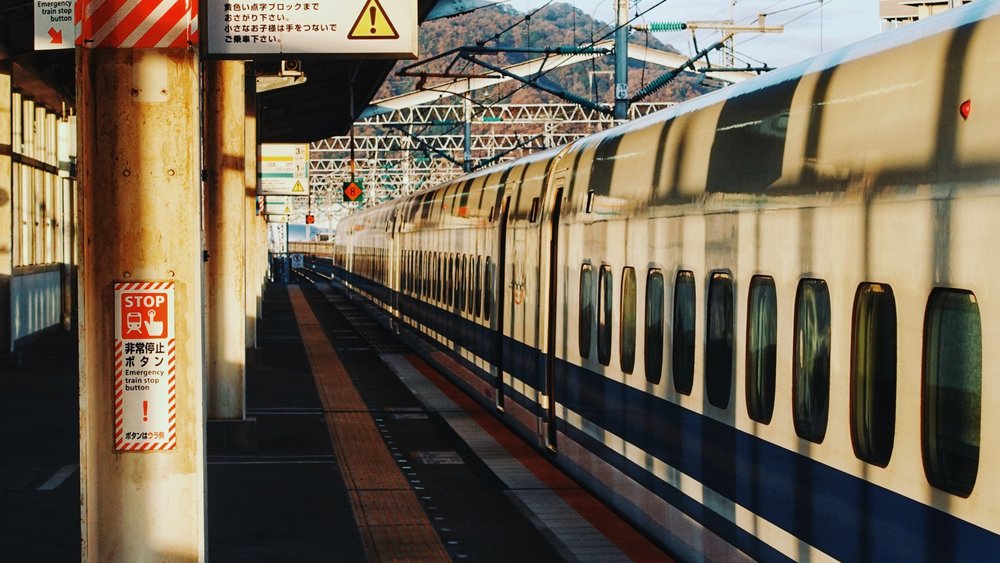
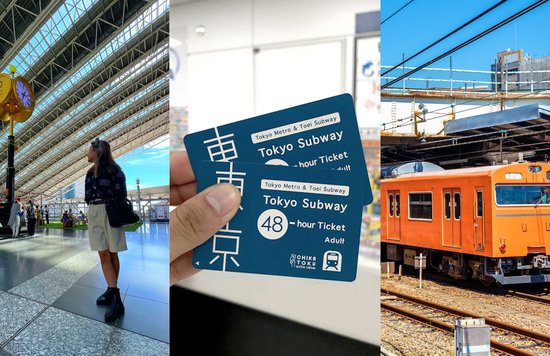
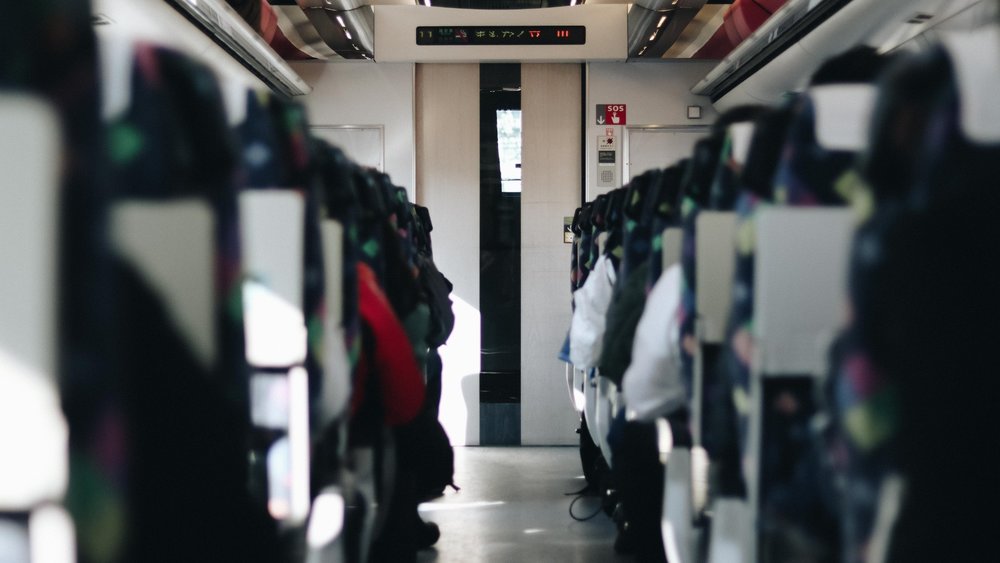
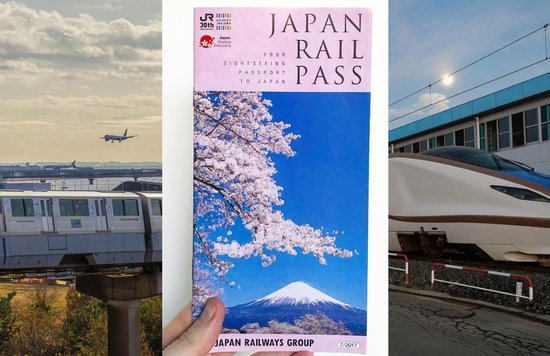
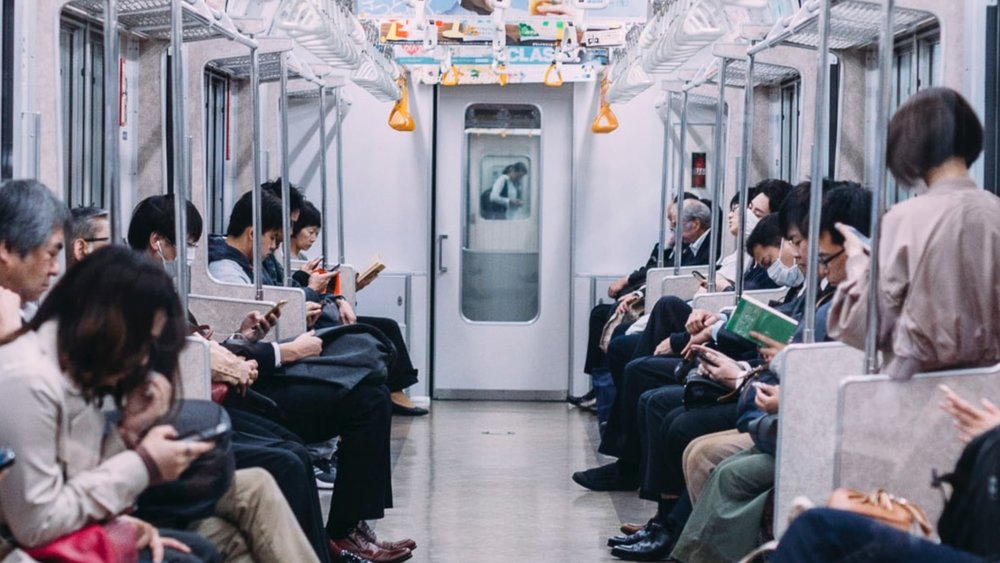
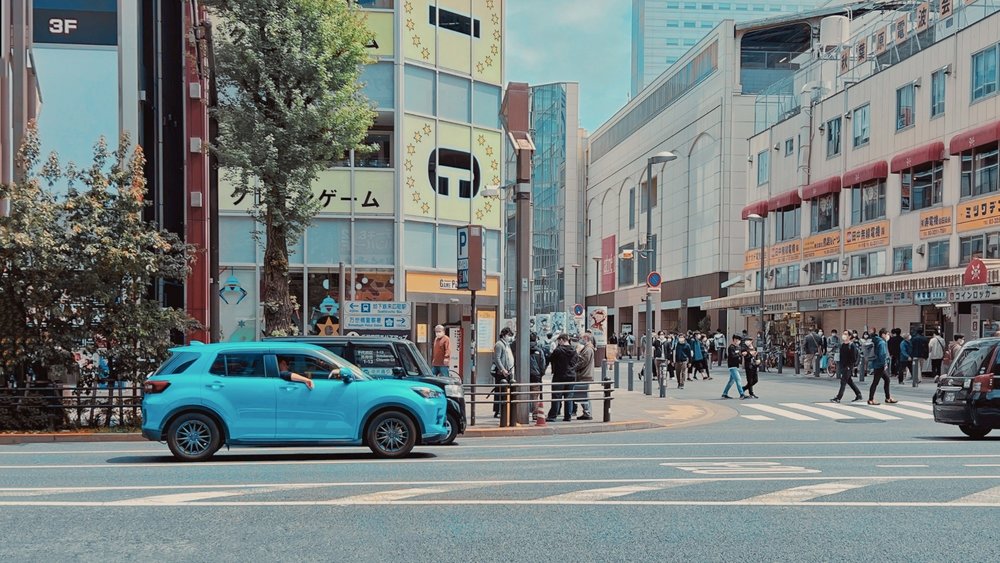
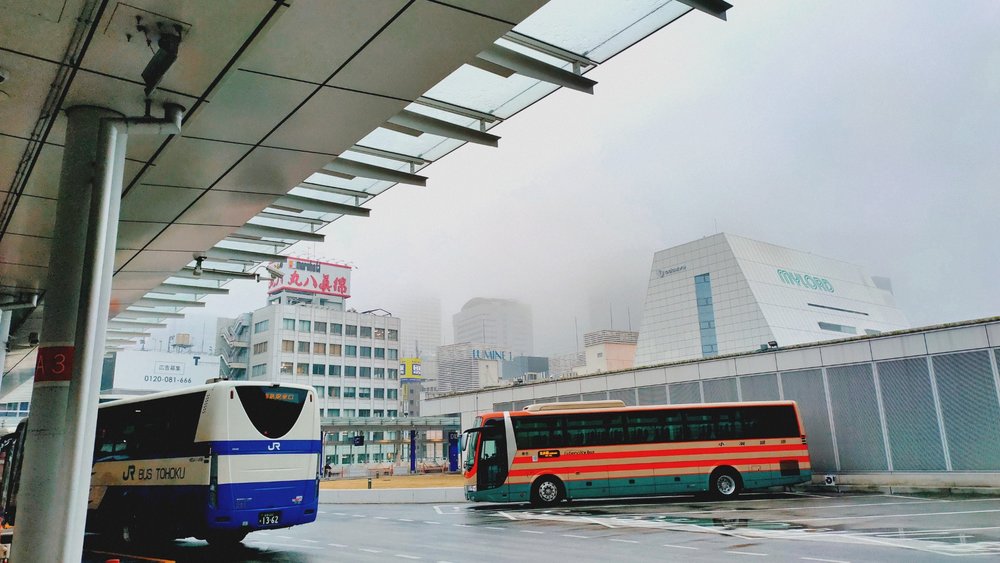
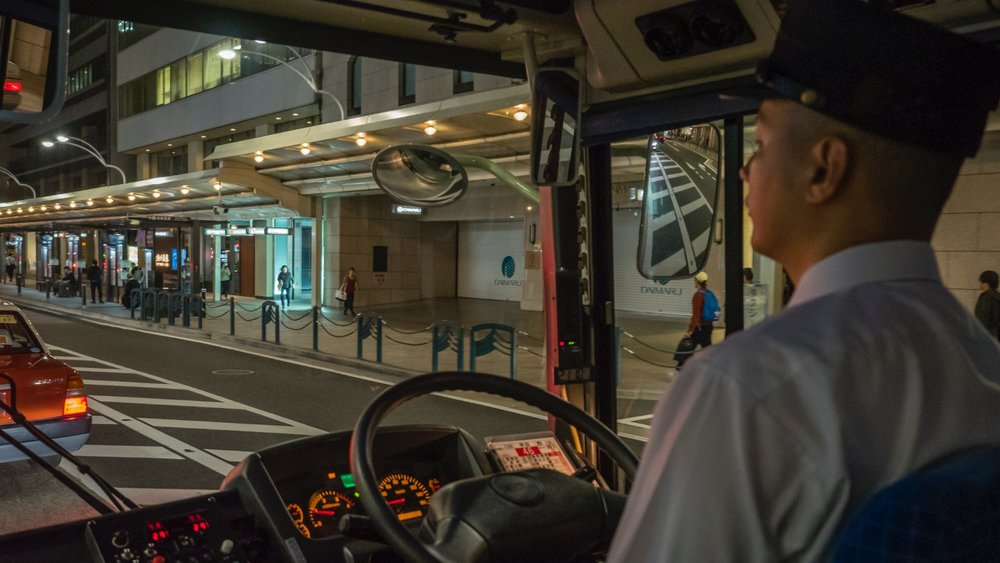
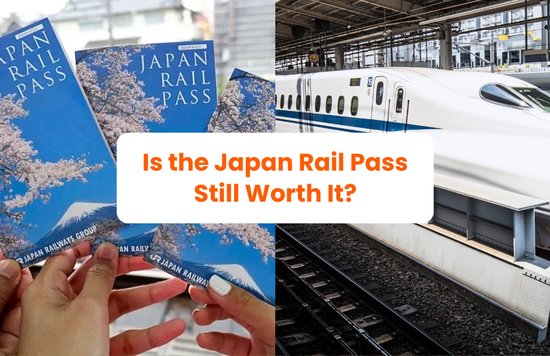



![[Updated] Complete List Of Official Nationwide MCO SOP 2021](https://res.klook.com/image/upload/fl_lossy.progressive,q_85/c_fill,w_160,h_104/v1633858858/blog/iso56uzsphmdguixkvzh.jpg)





![[Updated] Complete List Of Official Nationwide MCO SOP 2021](https://res.klook.com/image/upload/fl_lossy.progressive,q_85/c_fill,w_410,h_264/v1633858858/blog/iso56uzsphmdguixkvzh.jpg)






